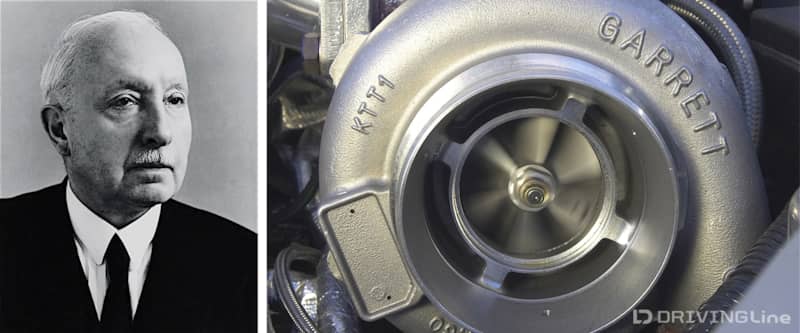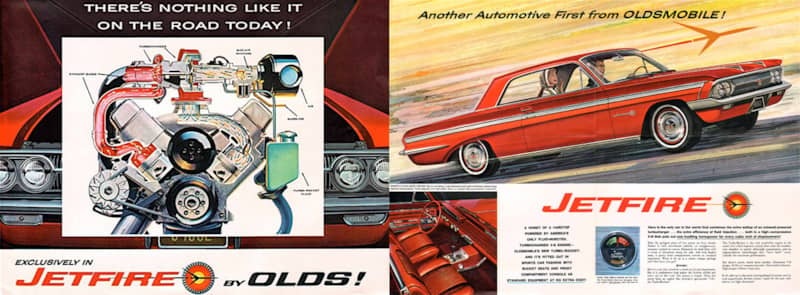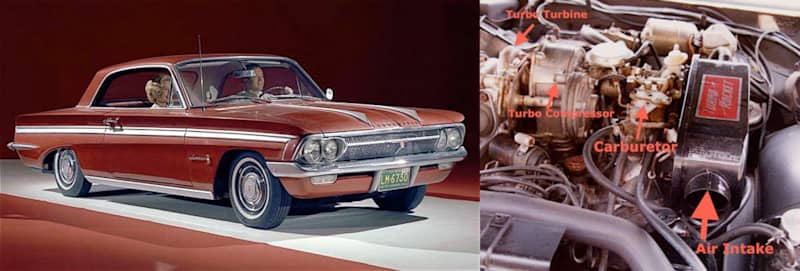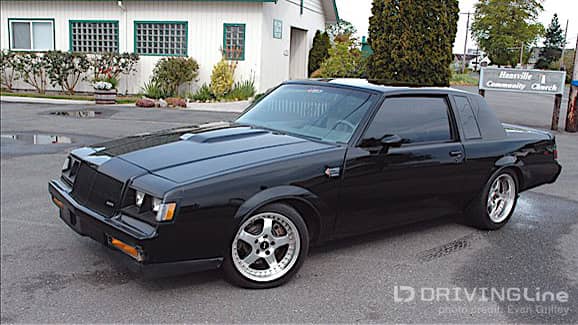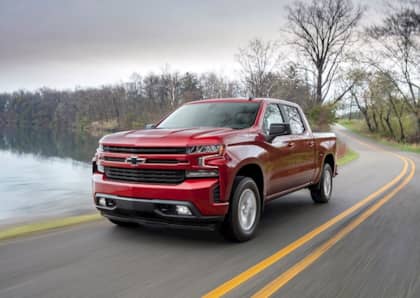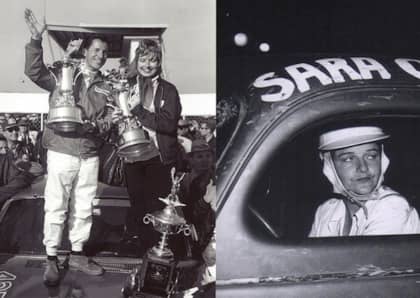Amazing Innovations: Turbochargers
Cheating physics is a good thing. When it comes to the internal combustion process I always say the more you can fool physics the better. The turbo is the ultimate trickster; pressurizing the intake charge in the name of ungodly power production. It is one of the most innovative forces in the automotive mainstream and one of the few that can be harnessed to enhance performance and fuel efficiency, two normally antagonistic objectives.